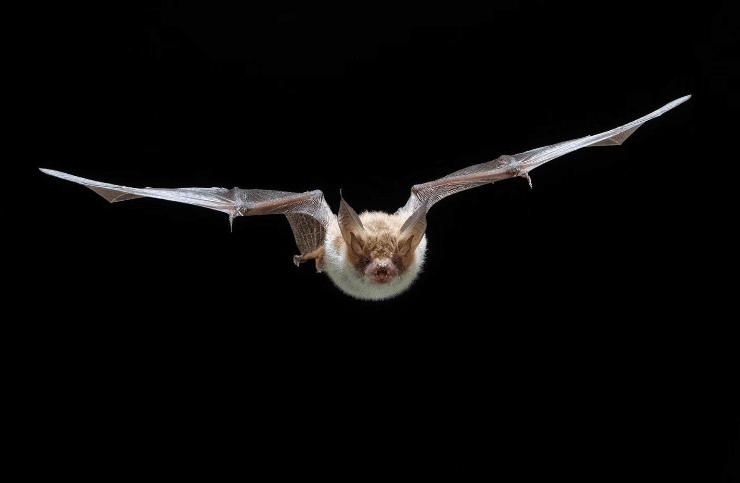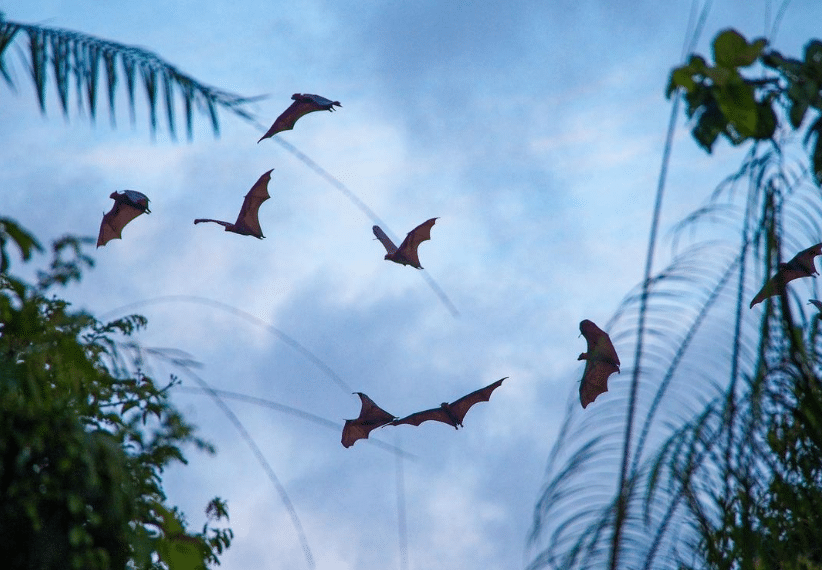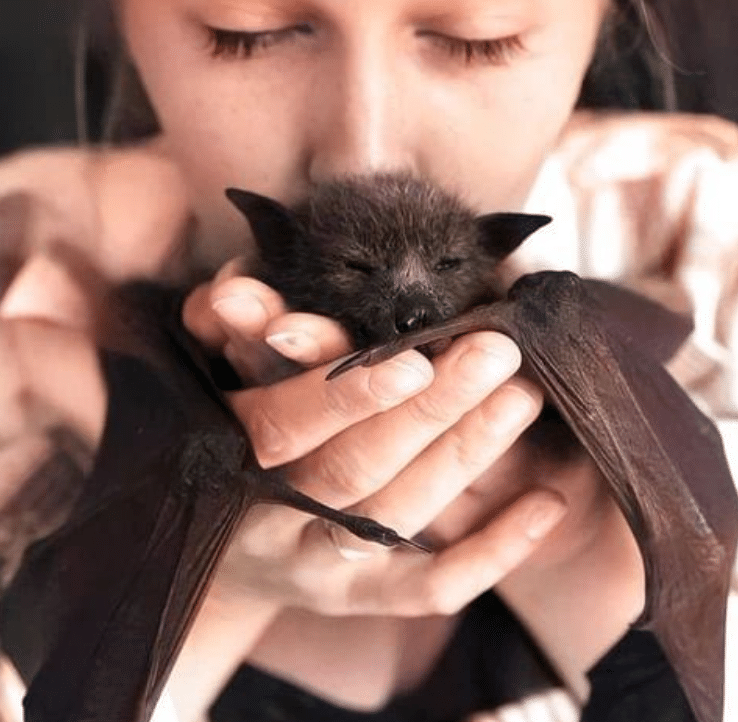Bats, the enigmatic creatures of the night, have been both fascinating and mysterious to humans for centuries. These unique mammals play an essential role in various ecosystems and contribute significantly to the delicate balance of nature. As nocturnal marvels, they have captured the imagination of scientists and enthusiasts alike. In this comprehensive article, we will delve into the captivating world of bats, exploring their diverse species, intriguing behaviours, ecological significance, cultural symbolism, conservation efforts, and much more.
Understanding Bats: A Diverse Species
Bats belong to the order Chiroptera, making them one of the most diverse mammalian groups on Earth. With over 1,300 species identified, they exhibit a wide range of characteristics, behaviours, and adaptations. From the colossal flying foxes with their impressive wingspan to the tiny bumblebee bat, they showcase incredible diversity in size and appearance. Their distribution spans across the globe, inhabiting various ecosystems from tropical rainforests to temperate woodlands and even desert regions.

Physical Characteristics and Remarkable Adaptations
Bats have evolved an array of unique features to conquer the skies and become skilled aerial acrobats. One of their most notable adaptations is their wing structure, which consists of a thin membrane stretched between elongated finger bones. This design allows for agile flight and precise control, enabling them to manoeuvre through dense vegetation and capture elusive prey with ease. Bats also possess a keen sense of touch, using their sensitive wing membranes to detect air currents and navigate through complex environments.
A Global Habitat: Where Bats Call Home
Bats can be found in almost every corner of the world, except for the extreme polar regions. Their adaptability to diverse habitats is truly remarkable, as they have colonised various ecosystems from rainforests to deserts and from coastal regions to mountainous landscapes. Many species roost in caves, while others inhabit hollow trees, abandoned buildings, or even man-made structures like bridges and buildings. Understanding their habitat preferences is crucial for protecting their populations and preserving their unique roles within each ecosystem.
The Nocturnal World of Bats: Adapting to Darkness
Being nocturnal, bats have evolved to thrive in the darkness of the night, while most other mammals are inactive. To compensate for the lack of daylight, bats have developed exceptional night vision, making them highly efficient at detecting even the faintest glimmers of light. Additionally, their large and highly developed eyes contain a high concentration of rod cells, specialised for low-light conditions. These adaptations grant them a distinct advantage during their nightly foraging expeditions.

The Marvel of Echolocation: Navigating with Sound
Echolocation is perhaps one of the most remarkable abilities possessed by bats. Through this sophisticated sonar system, they emit high-frequency sound waves and interpret the echoes that bounce back from their surroundings. This enables them to “see” with sound, detecting obstacles, and pinpointing the exact location of their prey. The accuracy of their echolocation is so precise that some species can detect insect prey as tiny as a mosquito, even in complete darkness.
A Diverse Palate: Diet and Feeding Habits
Bats exhibit incredible dietary diversity, with different species showcasing specialised feeding habits. Fruit bats, or frugivores, play a vital role in pollination and seed dispersal, aiding in the reproduction of many plant species. Insect-eating bats, known as insectivores, are voracious predators of night-flying insects like moths, beetles, and mosquitoes. Nectar-feeding bats, or nectarivores, sustain themselves on the nectar of flowers, making them essential pollinators for numerous flowering plants. A few species, like the infamous vampire bats, even feed on the blood of other animals, but such cases are rare and limited to specific regions.
Guardians of Pollination: Bats and Flowers
Bats are vital pollinators for numerous plant species, particularly in tropical regions. Their role in pollination is often overlooked, but without them, the reproductive success of many plants would be severely compromised. As they forage for nectar, their furry bodies collect pollen, which they inadvertently transport between flowers, facilitating cross-pollination and genetic diversity. For plants like agave and various fruit-bearing trees, bats are indispensable in ensuring successful reproduction and the continuation of these plant species.

Nature’s Pest Controllers: Bats and Insect Control
Insect-eating bats are nature’s pest controllers, providing an invaluable service to agriculture and ecosystems. By preying on vast numbers of insects, they help regulate insect populations and reduce the need for harmful pesticides. Farmers benefit from their insectivorous activities, as the reduction in pest populations translates to higher crop yields and reduced crop damage. From beetles to moths and mosquitoes, bats consume an astonishing number of insects every night, providing a natural and sustainable pest control solution.
Seed Dispersers: Sustaining Forests and Vegetation
Bats are essential players in the dispersal of seeds, which contributes significantly to forest regeneration and the maintenance of vegetative diversity. As fruit-eating bats consume fruits, they disperse seeds through their droppings across a wide area. This helps in the establishment of new plants and aids in the survival of various tree species. In tropical rainforests, bats play a crucial role in promoting biodiversity, as they facilitate the spread of seeds that eventually grow into mature trees and sustain the forest ecosystem.
Cultural Significance: Bats in Myths and Symbolism
Across different cultures and civilisations, bats have held a variety of symbolic meanings. In some Asian cultures, bats symbolise good luck, happiness, and prosperity. On the other hand, they are associated with darkness, death, and evil in some Western cultures. Ancient civilisations, such as the Mayans and Aztecs, revered bats as celestial beings or supernatural entities. The intriguing cultural significance of bats provides a window into human perceptions and beliefs throughout history.
Mythological Creatures: Bats in Ancient Stories
Bats have been featured in myths and folklore around the world. In Chinese folklore, bats symbolise longevity, and they are often depicted with peaches – a symbol of immortality. The Mayans believed bats were messengers between the living and the dead, bridging the gap between the mortal world and the afterlife. In European folklore, bats were sometimes associated with witches and dark magic, adding to their mystique. Unravelling these mythical representations gives us insight into the rich tapestry of human imagination and cultural symbolism.
Conservation Concerns: Protecting Bat Populations
Despite their ecological importance, bats face numerous threats that endanger their populations. Habitat destruction, deforestation, and urbanisation have led to the loss of roosting sites and foraging grounds for bats. Additionally, climate change impacts their habitats and alters the availability of food resources. Collisions with wind turbines and buildings are also a significant concern for bat populations. Furthermore, misconceptions and fear have sometimes led to intentional harm, as people have been known to disturb or destroy bat colonies. Addressing these threats is essential for the long-term survival of these invaluable creatures.
Conservation Initiatives: Preserving Bats for the Future
Conservation efforts to protect bat populations are gaining momentum worldwide. Numerous organisations, researchers, and conservationists are dedicated to understanding bat ecology, behaviour, and migration patterns. They work towards creating protected areas, conserving roosting sites, and implementing measures to minimise human-bat conflicts. Educating the public about the ecological importance of bats and dispelling myths is also a key component of conservation initiatives. Engaging communities and promoting responsible bat-friendly practices are essential to preserving these crucial guardians of the night sky.

Responsible Bat Tourism: Balancing Observation and Conservation
Bat tourism has seen a rise in popularity, attracting nature enthusiasts and travelers seeking unique wildlife experiences. While this can provide economic benefits to local communities and promote conservation awareness, it also carries potential risks to bat populations. Responsible bat tourism focuses on minimising disturbance to bats and their habitats, especially in sensitive roosting areas. Tour operators and tourists alike must adhere to guidelines that prioritise the well-being and conservation of bats while providing educational opportunities and supporting local economies.
Bats and Disease: Separating Fact from Fiction
Bats have been associated with several zoonotic diseases, leading to fears and misconceptions about their role as potential disease carriers. While it is true that some bat species can carry viruses, it is crucial to understand that the majority of bats do not pose a direct threat to humans. In fact, bats themselves have evolved unique immune systems that allow them to coexist with these viruses without falling ill. Nevertheless, studying bat-borne diseases is essential for identifying potential zoonotic risks and taking precautionary measures to prevent outbreaks.
Zoonotic Risks: Studying the Interface Between Bats and Humans
Understanding the interface between bats and humans is crucial for public health research and pandemic prevention. Some viruses, like the coronaviruses, are believed to have originated from bats and jumped to humans through an intermediary host. Studying the ecological interactions between bats, other wildlife, and humans provides valuable insights into the transmission of zoonotic diseases. By developing strategies to minimise contact and prevent zoonotic spillover events, scientists can protect both human health and bat populations.
Coexistence and Conservation: The Future of Bats
The future of bats relies on our ability to coexist harmoniously with these incredible creatures. Embracing sustainable practices that protect their habitats and minimise disturbances is essential. Additionally, continued research is necessary to deepen our understanding of bat behavior, ecology, and ecosystem roles. By recognising the intrinsic value of bats and the vital contributions they make to the environment, we can ensure their survival for generations to come.
Conclusion
Bats are the guardians of the night sky, playing vital roles in pollination, pest control, and seed dispersal. Their diversity, intriguing behaviors, and ecological significance make them worthy of admiration and protection. By understanding their importance and supporting conservation efforts, we can ensure the continued existence of these fascinating creatures and preserve the delicate balance of our natural world.
Sam loves to learn about animals and their habitats. He has been a nature lover from a very young age, and has been writing papers and articles about wildlife for as long as he can remember.
